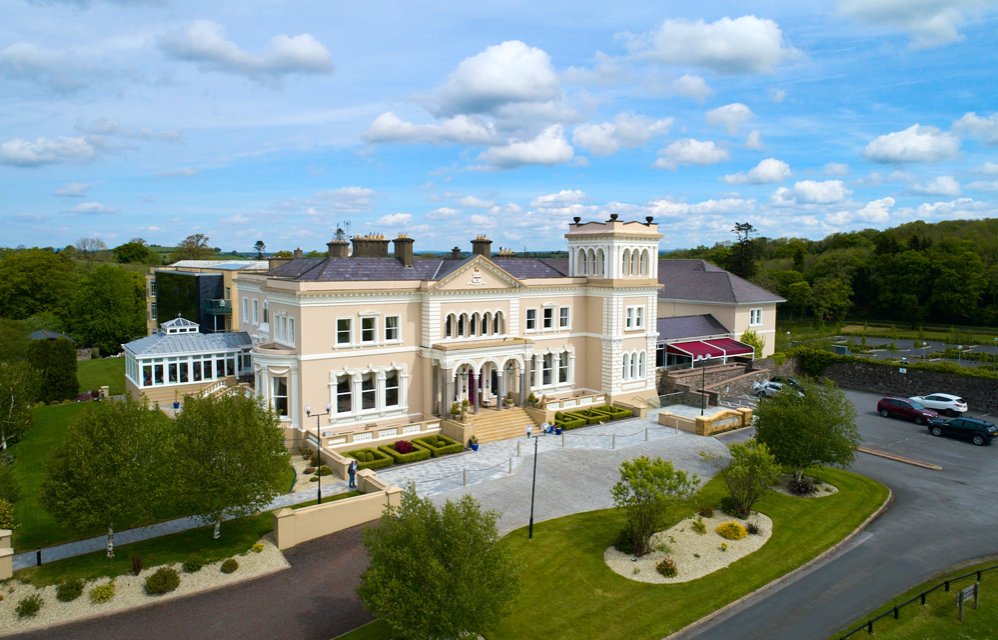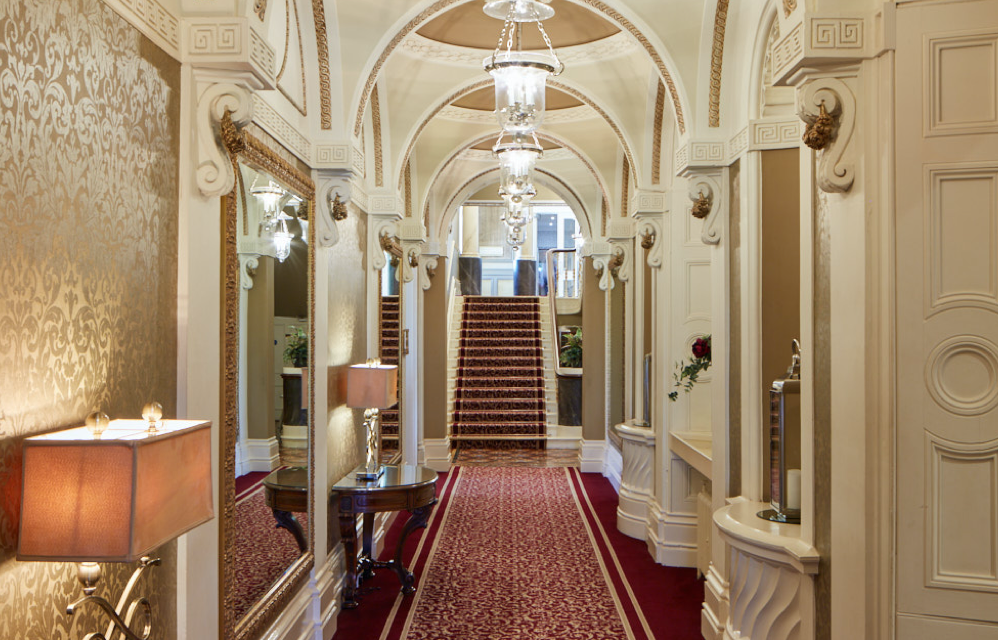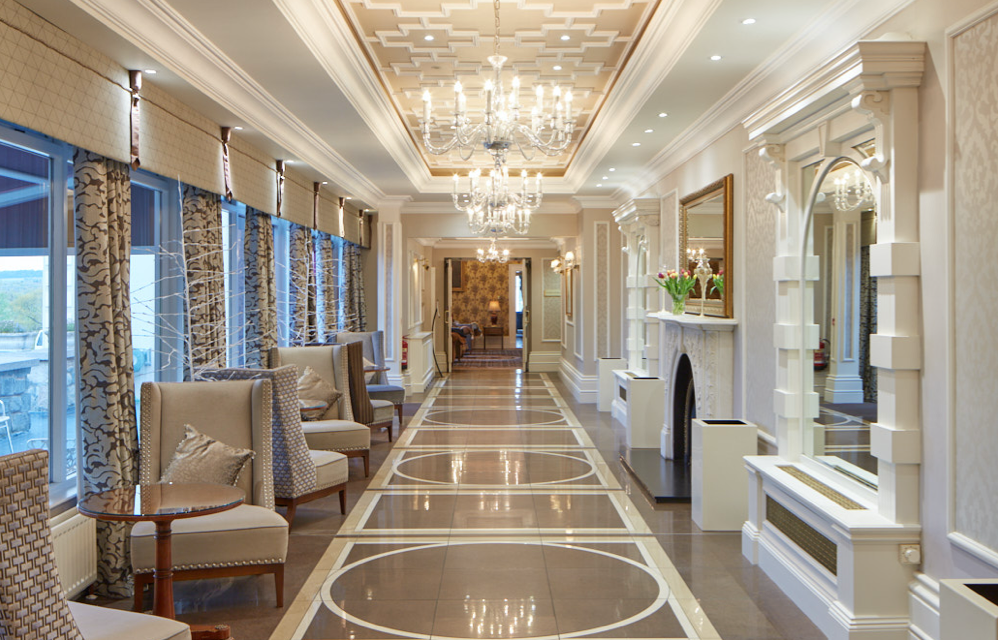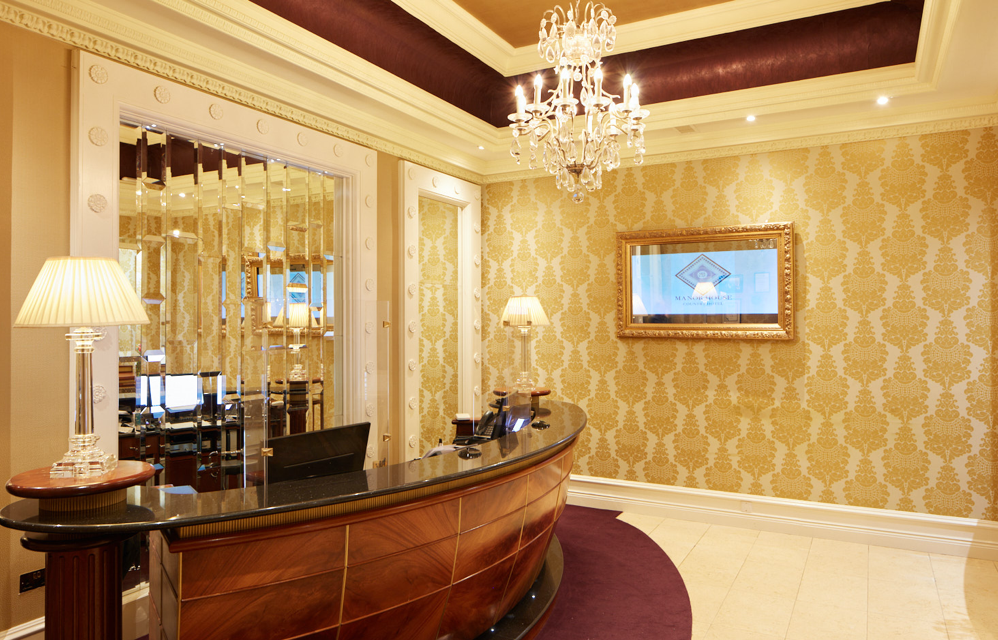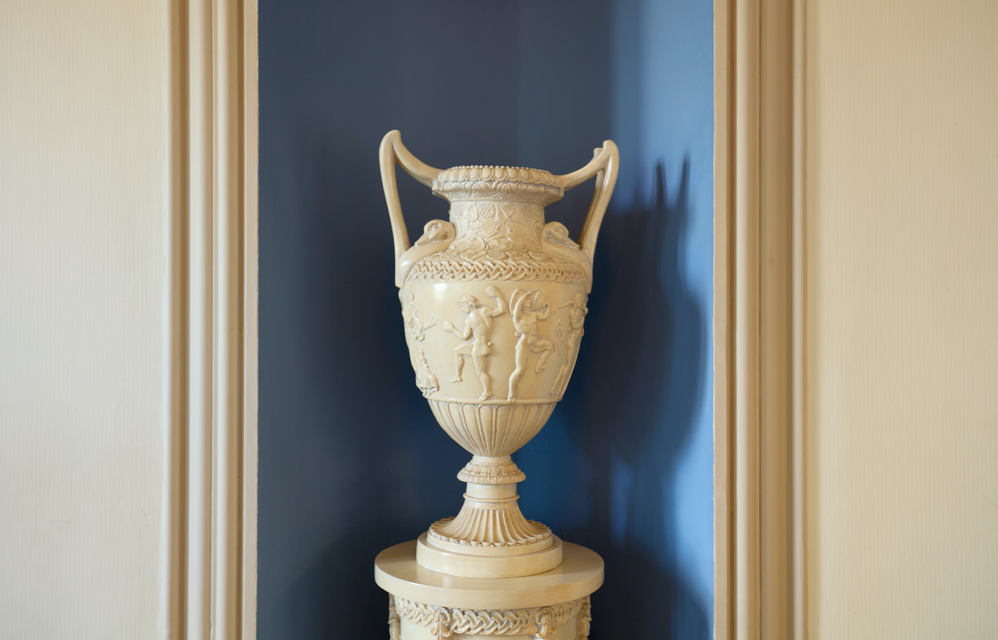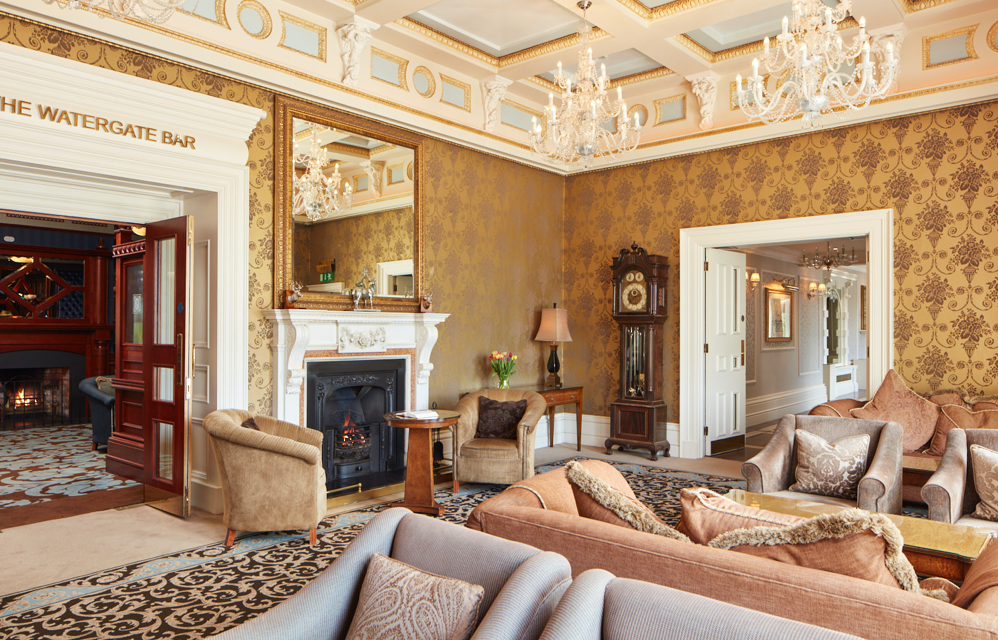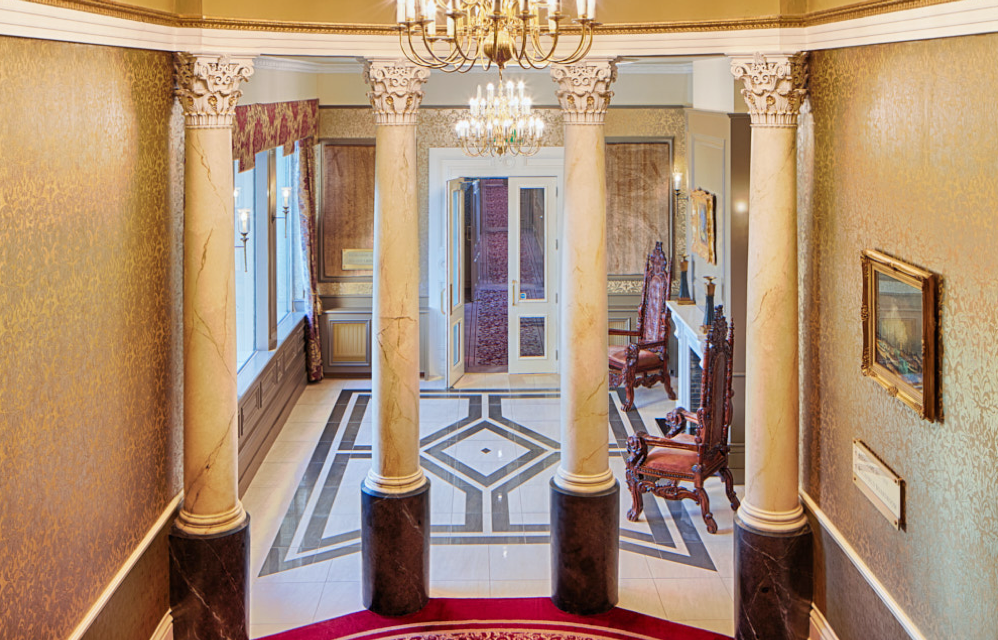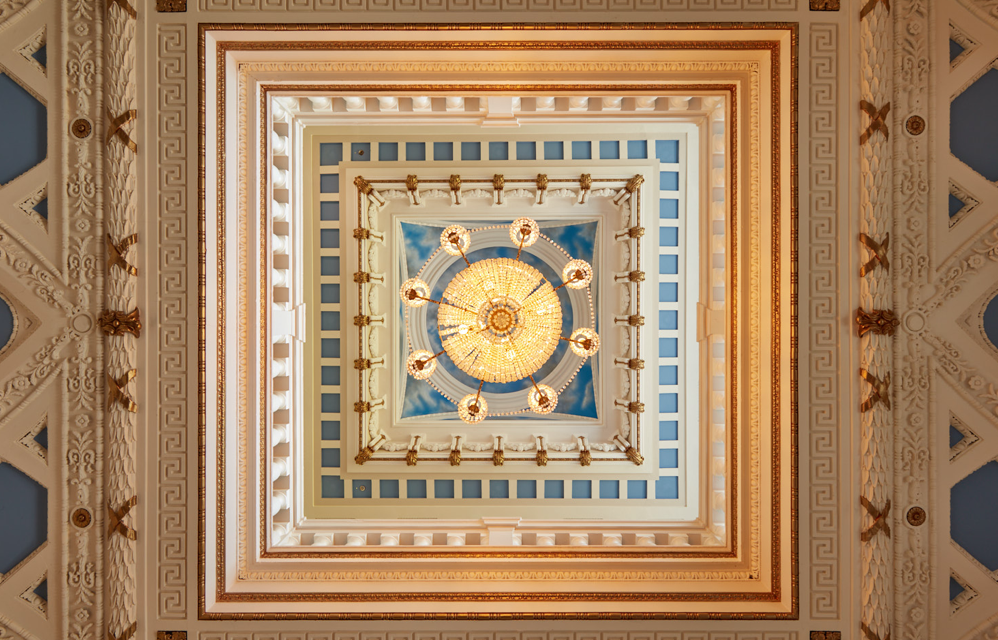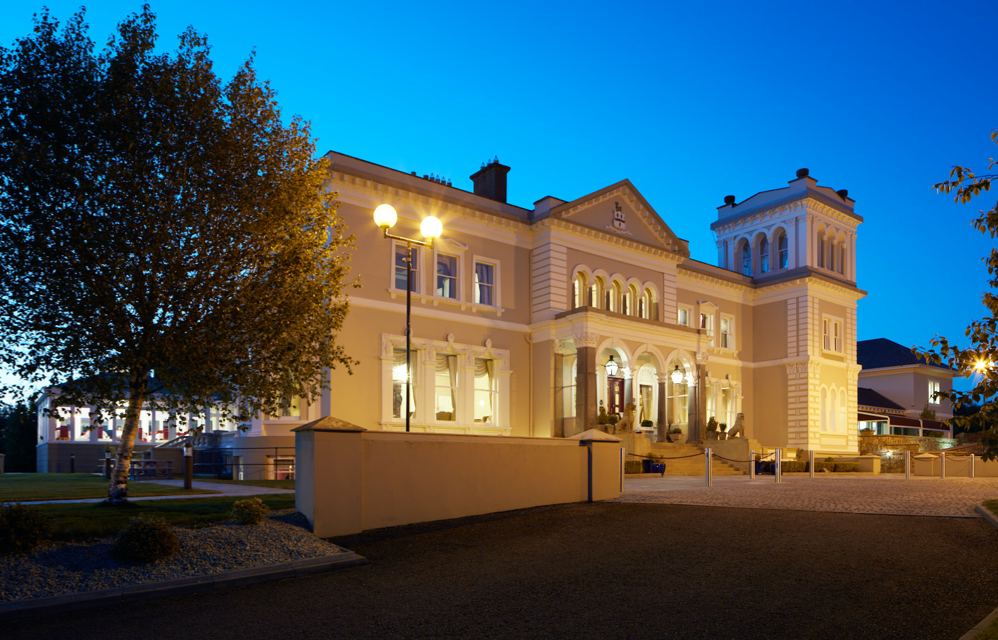History
History
The lands of Killadeas on which the Manor House Hotel stands, acquired this name from the Religious Community of the Culdees or Ceile-De of Devenish, who owned these lands for many centuries and on which there was an Ancient Church and Graveyard.
It is unknown whether or not the Ancient Church of Killadeas existed before the Culdees acquired these lands. In fact, almost all that is known about it is that it was called the Yellow Church, and that Isaac Butler saw it on his way to Lough Derg in 1644 and he gave the following account of it - "Two miles from Ballycassidy and ye ruins of ye Yellow Church on the roadside, it is rude sculpture and built like a barn."
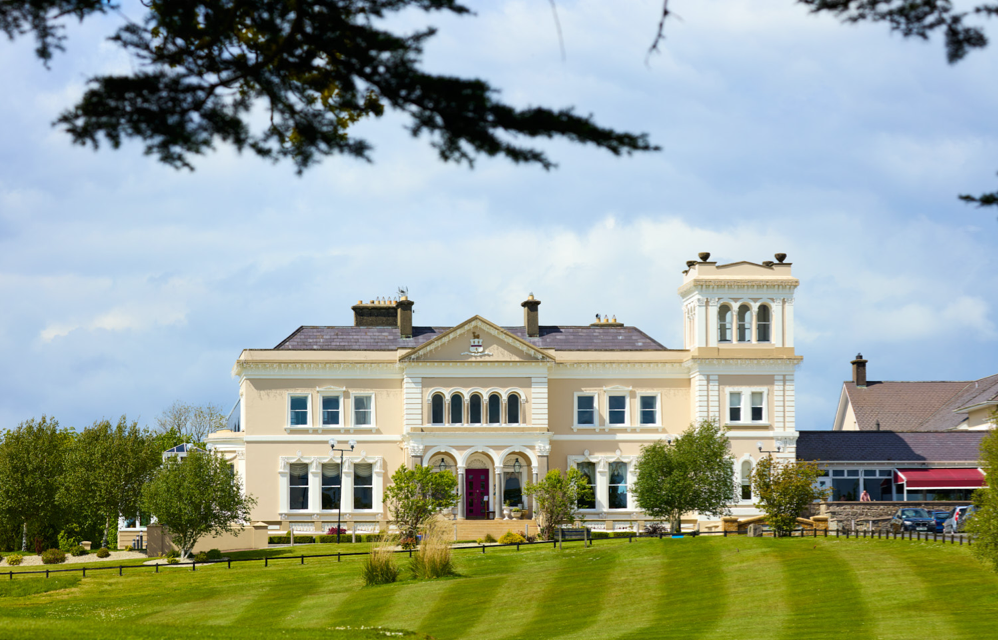
The Story of the Manor
The ancient Churchyard of Killadeas or, at least part of it, is incorporated in the Churchyard surrounding the Modern Church today. Captain John Irvine, next brother to Colonel Christopher Irvine, of Castle Irvine, acquired the Killadeas estate in 1660, and the Manor House was then known as Rockfield. It remained as Rockfield until it was rebuilt in 1860 by Colonel J. G. Irvine, who brought from Italy, workmen to do the interior decoration which exists to this day.
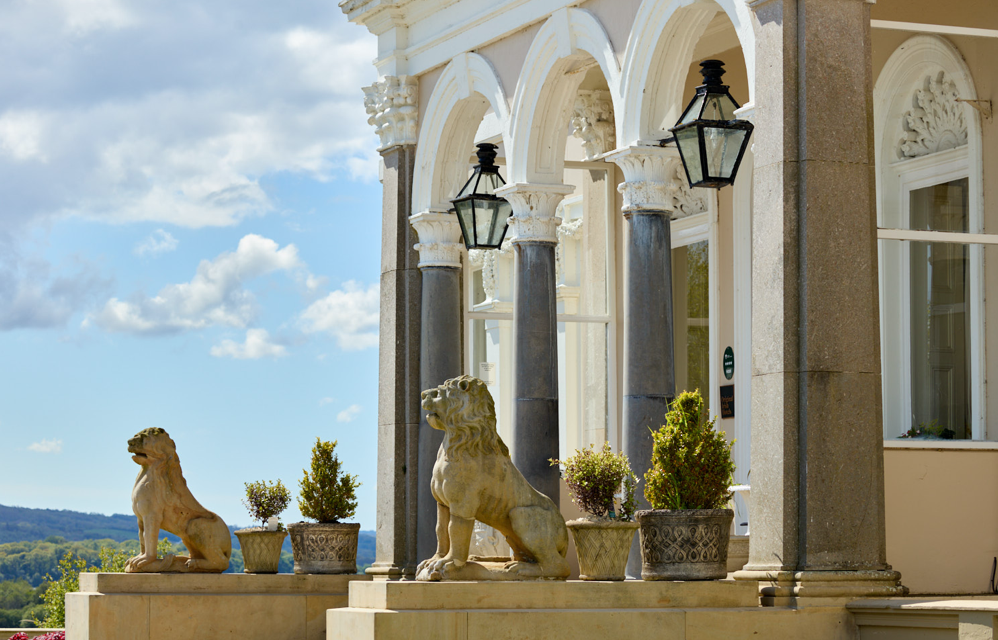
The Irvine Family
The Irvine family were the descendants of the Irvines of Bonshaw. The name of Rockfield was changed to Killadeas Manor House by Major John Irvine who succeeded to Killadeas in 1835 and died in 1860.
His son, Colonol J. G. Irvine, who rebuilt Killadeas, incorporated some parts of the old house into the new mansion.
World War II History
In a directory of Fermanagh, published in 1879, the author states that Rockfield was built in 1710, and greatly altered and added to in 1868 by Colonel Irvine under the direction of that able and artistic architect, Mr Armstrong of Belleek. There are some obvious similarities between the architecture of the Belleek Pottery and The Manor House not least the unusual narrow, arched windows.
During the 1939-45 war it was requisitioned by the Government and was for a time used by the American Forces. The house itself was used as an Officers' Mess and Headquarters for the Seaplane base of Killadeas. It was a plane from this base which sighted the ‘Bismarck' and consequently resulted in the destruction of this mighty battleship. The Manor House remained in the Irvine family until 1957 when it was acquired for a Hotel.
Gallery
Explore Manor House



